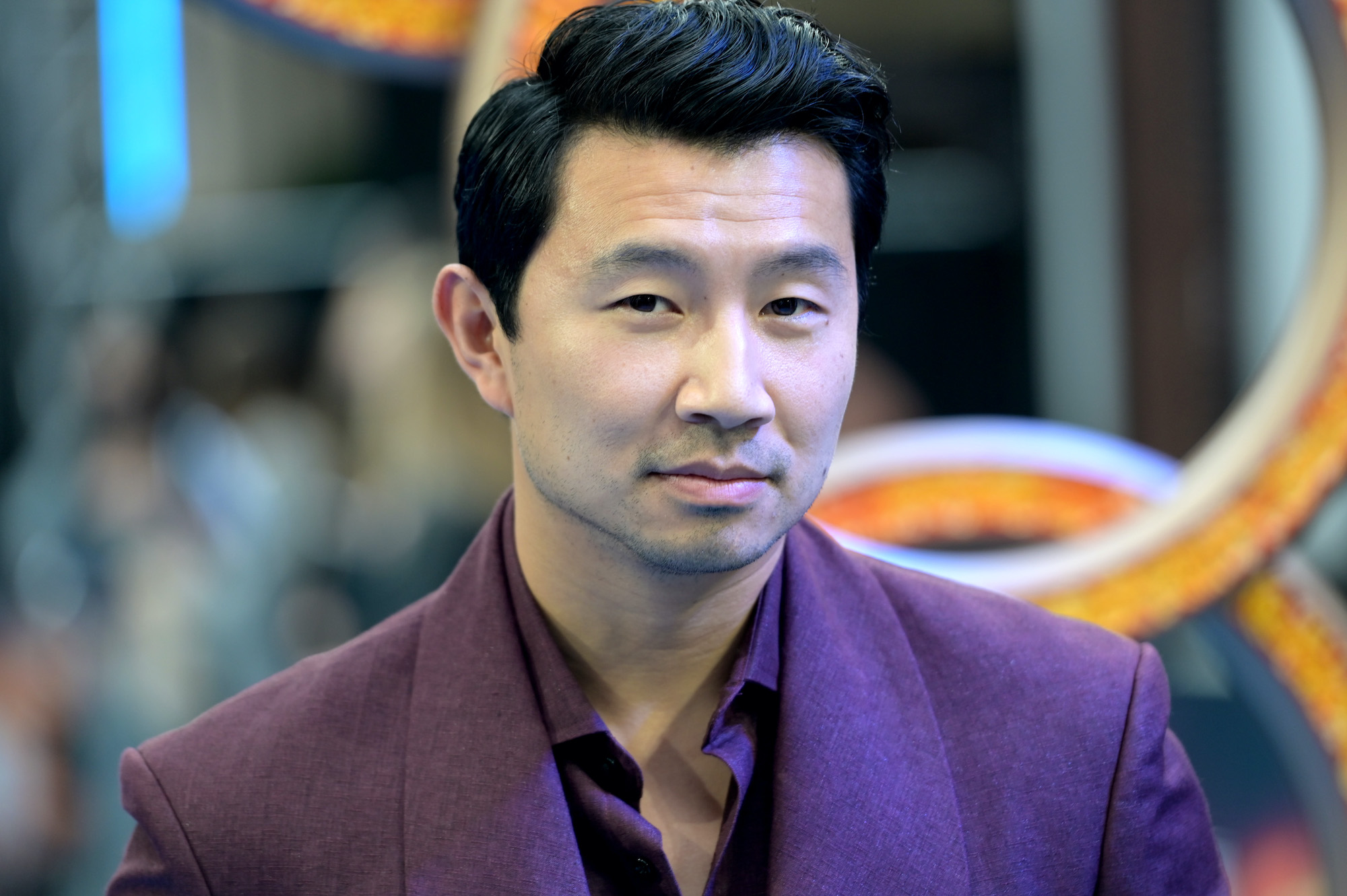‘Shang-Chi’ Might Offer a Perfect Entry Point for New MCU Fans
Marvel‘s phase four is in full swing with numerous hit titles dropping on Disney+ already this year and an exciting lineup of upcoming theatrical releases. With MCU fans ready to get back to the full experience that opening weekend can be in theaters, Shang-Chi and the Legend of the Ten Rings was hugely successful both commercially and critically. Though fans love Marvel movies as they are, the film offers a pretty sharp deviation from the normal MCU formula that was refreshing and exciting. The story was also largely unburdened by 13 years of MCU baggage, which may make it a great place for new fans to hop on board.
The complexities of comics
While the MCU may be just over a decade old, comics have been around for a long time. This can often make them pretty inaccessible for new readers since many of the characters were developed and fleshed out over hundreds or even thousands of issues over the years. How does a new fan even approach something that they could read for the rest of their life and never be caught up?
Around the time that the comics had a few decades under their belt, Marvel would start to develop solutions to this problem. They introduced a number of ways that new fans could easily engage with content, such as reboots and alternate realities, where the characters may have a sort of clean slate to work from. Early comic book pioneers also made efforts to separate off content to a degree, so while everything was connected, some stories were self-contained and didn’t require outside context.
‘Shang-Chi and the Legend of the Ten Rings’

Shang Chi was a strong deviation from what fans have seen from Marvel lately, in that it didn’t assume viewers knew about what had been going on in the MCU recently. While WandaVision, Falcon and the Winter Soldier, and Loki were all great shows, they were heavily meta-dependent, and didn’t make sense without the context previous films had given.
Shang Chi at times feels more like a Western or Kung Fu movie than something from the vaults at Marvel, and that’s ok. Though the mid-credits scene tied it into future Marvel continuity, Shang Chi’s story is a beautiful story in itself that doesn’t need to fit into a greater story about multiversal consequences and ever-increasing stakes.
The perfect starting point
One fan even went on Reddit to ask if other fans thought he could take his father, who wasn’t caught up on the MCU, to see Shang-Chi. Most fans were pretty quick to agree that there shouldn’t be any problem at all with someone taking in this story just for itself without a couple dozen more movies of history behind it.
“You can watch it without seeing the previous films. There will be some references to previous events, but they are quick and the movie does more than enough to stand on its own,” commented one fan. While some thought that not knowing the history behind some events may make the story less meaningful, most fans agreed that no prerequisite watching was necessary for Shang Chi.
One fan even mentioned that the film should be mostly spoiler-free for someone watching ahead, but another was quick to remark, “The Eternals trailer that plays before the movie mentions that Cap & Iron Man are gone,” though that’s not a spoiler in Shang Chi, and with such culturally impactful movies, one can only be so protected from spoilers.
It may be acceptable to tell someone that they need to watch two movies before they understand the third in a trilogy, but once Marvel is over 20 movies in their universe, it’s a pretty tall order to demand people watch over 100 hours of video just to see a new film. When Marvel decided to structure the MCU into phases, it was important that they make each phase at least somewhat a gratifying and conclusive story arc, so that more casual fans could have an easy-on and off-ramp. Shang Chi seems to be the best access point of phase 4 already, and hopefully it can encourage a lot more fans to come appreciate what’s going to be an amazing Phase 4.
RELATED: Shang-Chi Fans Can’t Get Over Simu Liu’s Stint as a Stock Image Model


